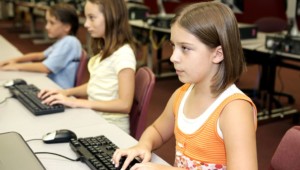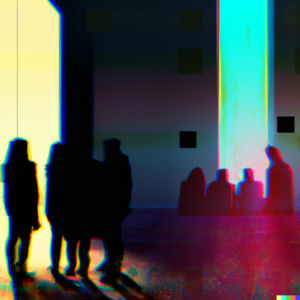Good Work: What You Leave Behind
Only those who trust what is to come, who are eager to try out their skills on unforeseen opportunities, will succeed in building the future into their selves.
-Mihaly Csikszentmihalyi
Building things with is something that I have always enjoyed. When I was eight years old I received an Erector Set for Christmas. I built sprawling buildings and forts like those that dotted the Maryland and Virginia landscape and then tried to replicate them in larger scale in the back yard. By ten years old I knew that I wanted to be an architect. But that year I was introduced to grandeur on a massive scale, the Colorado Rocky Mountains. The gravity of spending my teenage years wondering these mountains pulled me into the study of geology, especially tundra and glaciers. Before my junior year in college I asked my high school sweetheart to marry me. She said yes if I agreed to get a real job (the first of three times that we have had that conversation). I also found out that because my toes are susceptible to frostbite and, as a result, glaciers might not the best work environment. When I returned to school in September I changed my major to construction engineering and my focus returned to building things.
In the mining business I had the opportunity to build 1,000-foot deep ventilation shafts, haul roads through the Appalachian Mountains, and conveyor systems and buildings on the high plateaus of Colorado. In the retail business I had the chance to build 100,000 square foot stores that still mark the retail landscape in most major cities. It is a thrill to conceive of a project, buy the property, design a building, and watch it being built. It is even more fun when you drive by one of your projects with your children and they say, “my dad built that building!” Construction leaves a lasting legacy for all to see. My journal notes on legacy start with tangible things but end with the intangible things left behind but perhaps even more important.
I was reminded how important our work in public education is as I watched 1,400 high school students leaving an assembly with an assistant principal that was shadowing me for a day. Out of the crowd a young lady ran up and gave my companion a big hug and said, “Mr. Benoit, I want to be a teacher because of you!” Mr. Benoit had been her fourth grade teacher when she was a struggling reader. Now she was now a very successful and confident high school senior getting ready for college. The positive impact that Mr. Benoit had in the life of this one young lady is worth more than the billion dollars worth of concrete I left in the ground during my first 20 years of work.
Teachers of all kinds have wonderful legacy opportunities. Good teachers leave a legacy of knowledge and skill. Great teachers change lives by reaching the reluctant learner, opening windows into the soul, and re-framing images of possibility. Following the national rush to high academic standards there will be a less visible but broad push to systematically provide powerful sustained mentor relationships for all secondary students. To help all students reach high levels of academic success our education system will need to find unique and personal ways to reach the soul and fire the imagination of young people.
Every job has legacy opportunities, some buildings, some laws, some technologies, some works of art, some performance levels, all jobs have relationship opportunities. We each have the chance to leave something very special behind. Perhaps best of all is reliable hope; it is hard to build, difficult to maintain, easy to destroy, but the most valuable gift that can be given.
A closing thought on legacy: last week my friend Chad Wick turned over the reins of KnowledgeWorks Foundation to a very capable Brian Ross after a thoughtful two year process. Chad had a successful career as a banker and could have spent the last decade golfing. Instead, he helped form and shape an education foundation which initially focused on Ohio’s struggling high schools. Chad concluded that we were trapped in an outdated system and added a focus on the future of learning; check out the KWF map of the future. Chad is bright, passionate, and deeply committed to educational equality. The young people of this country, and particularly those in urban Ohio, are better for the decade Chad spent in edreform instead of on the golf course.
[Good Work started as journal entries while serving as a public school superintendent in the 90s]








0 Comments
Leave a Comment
Your email address will not be published. All fields are required.